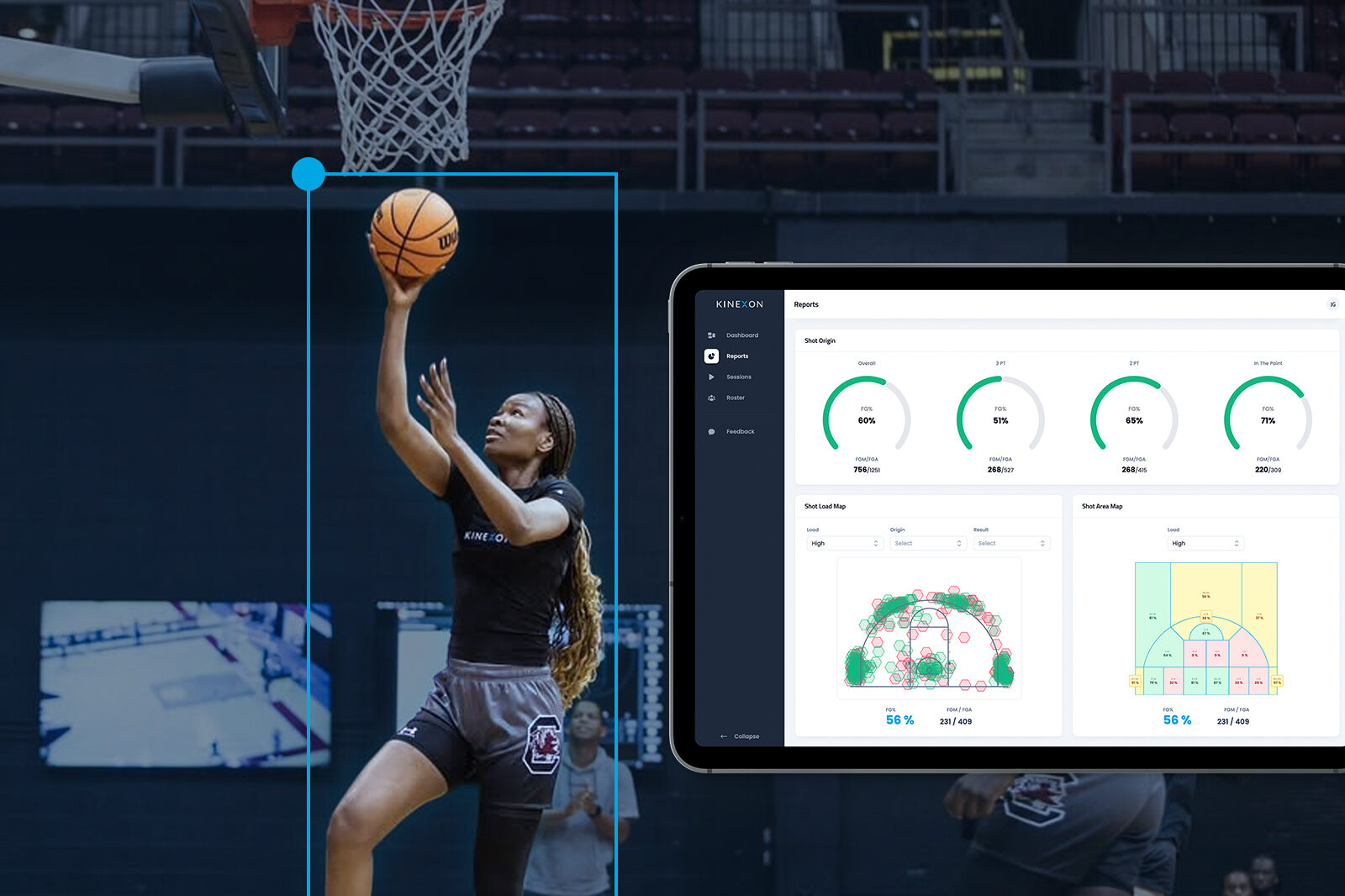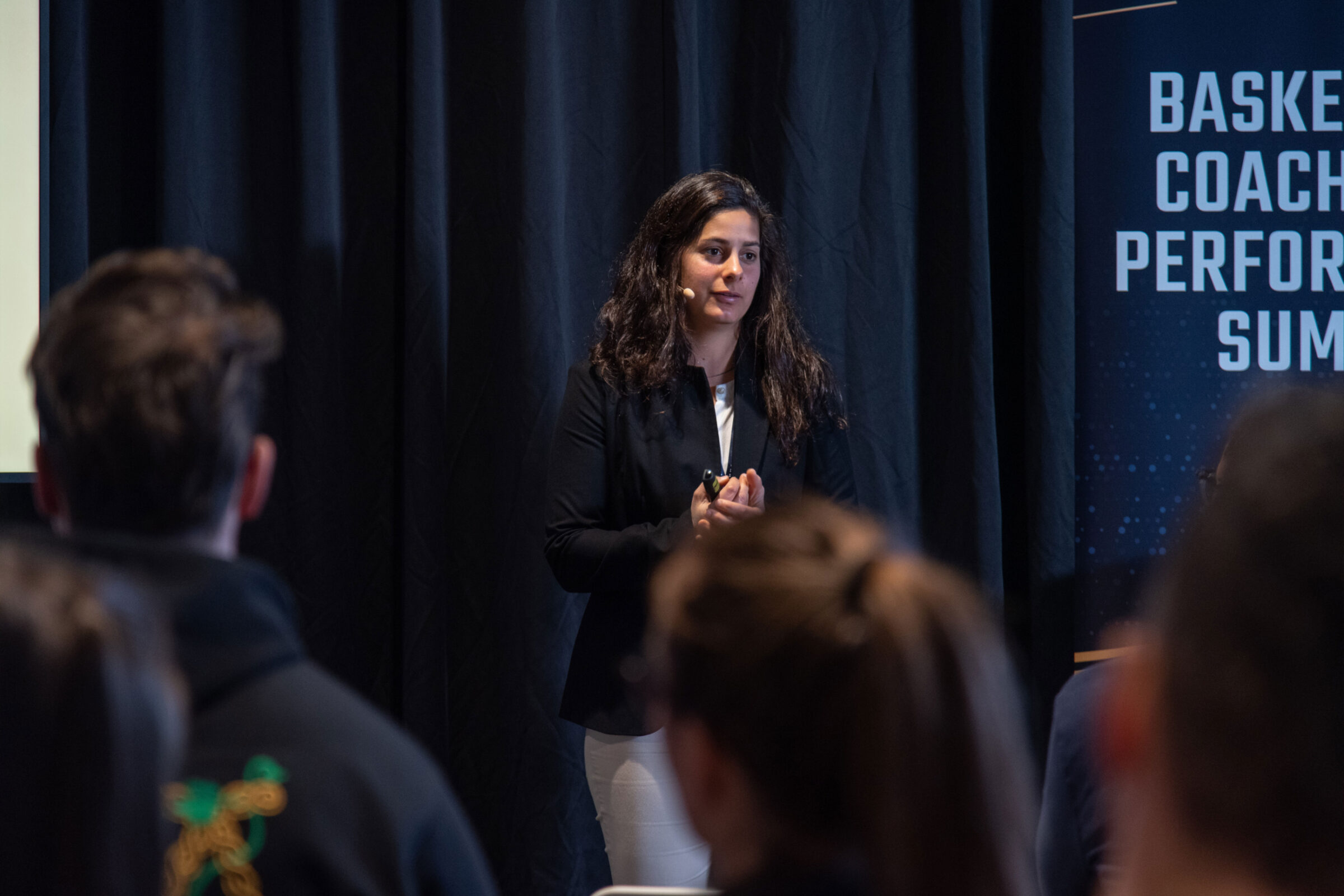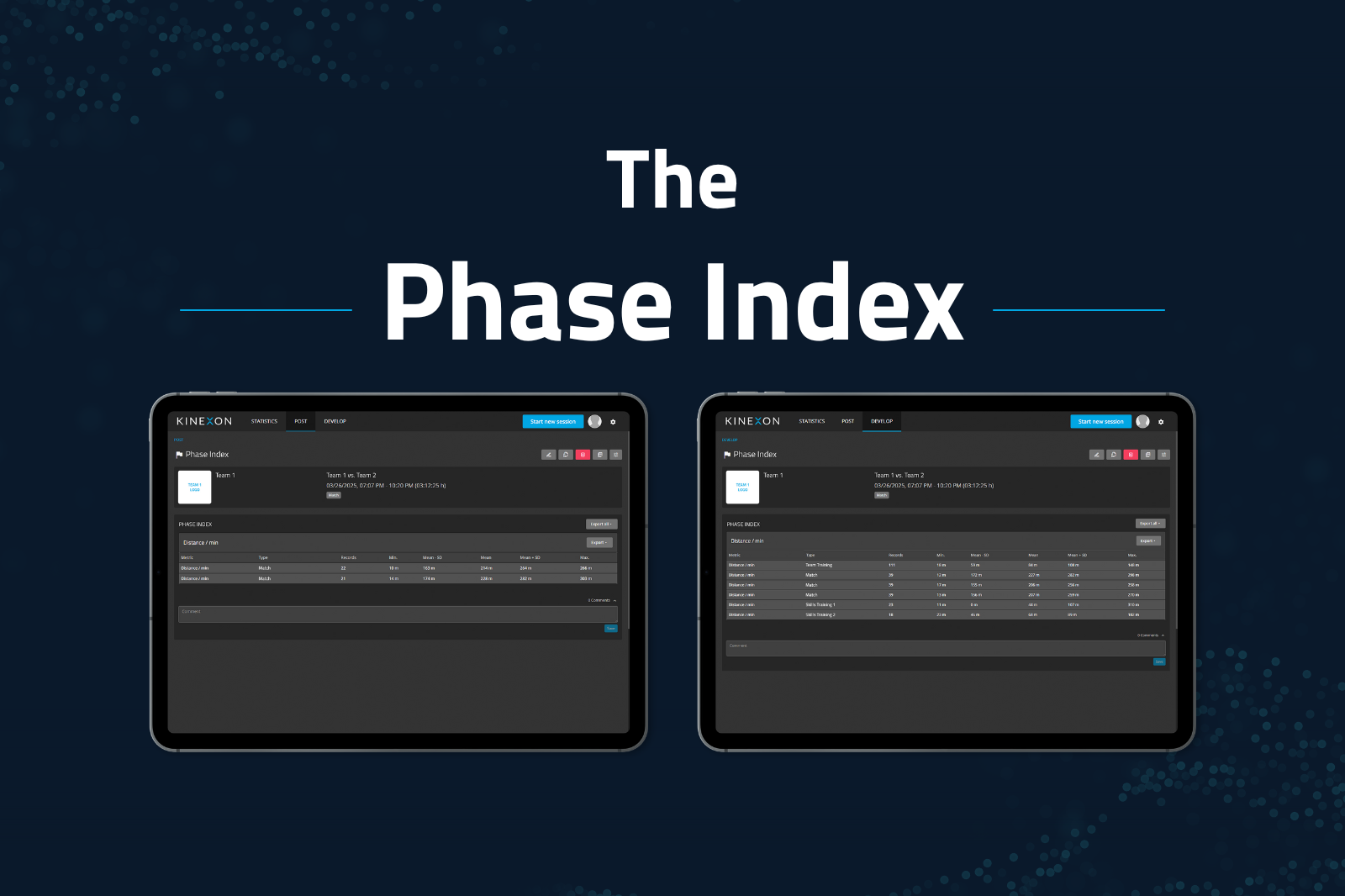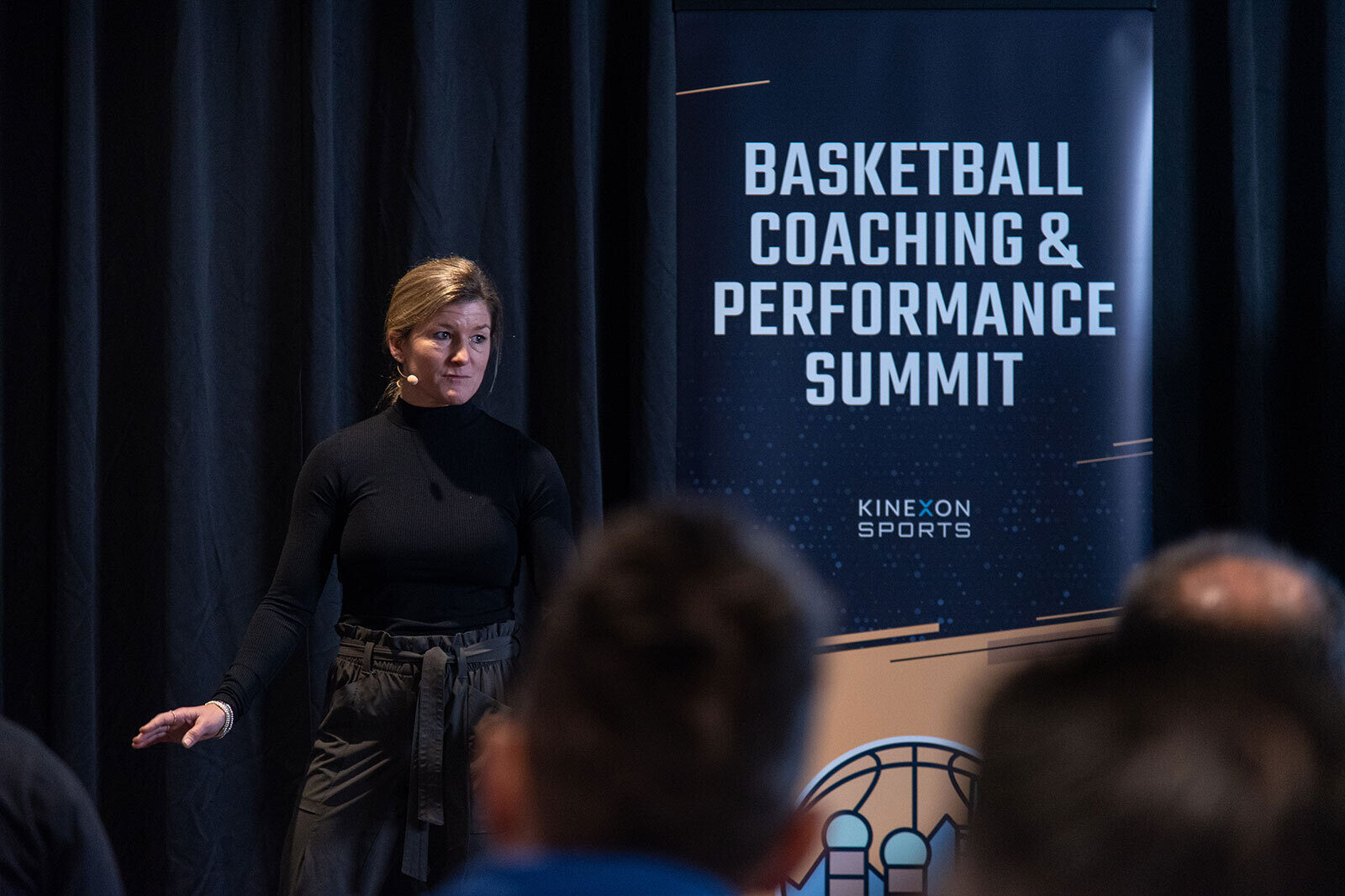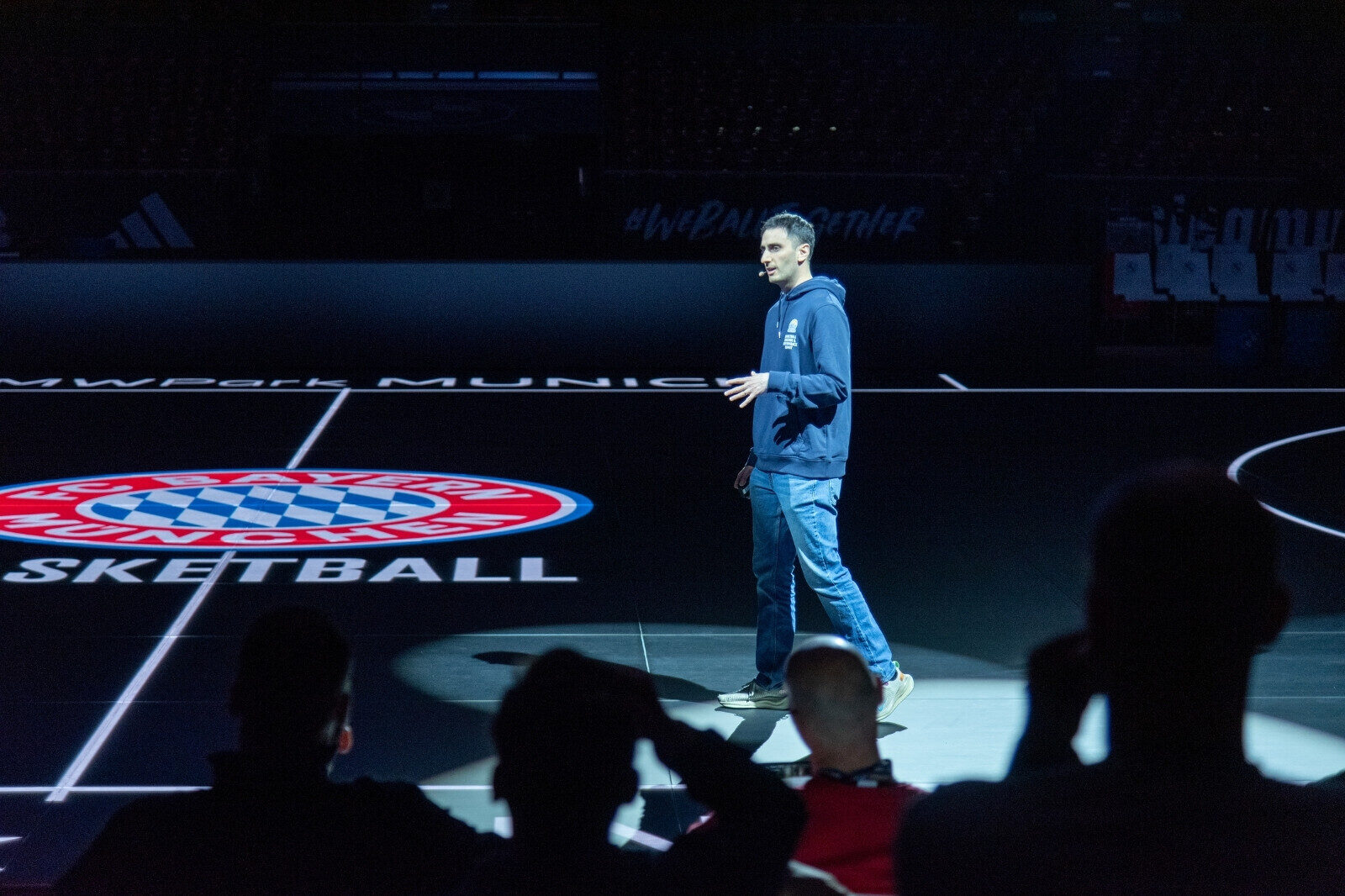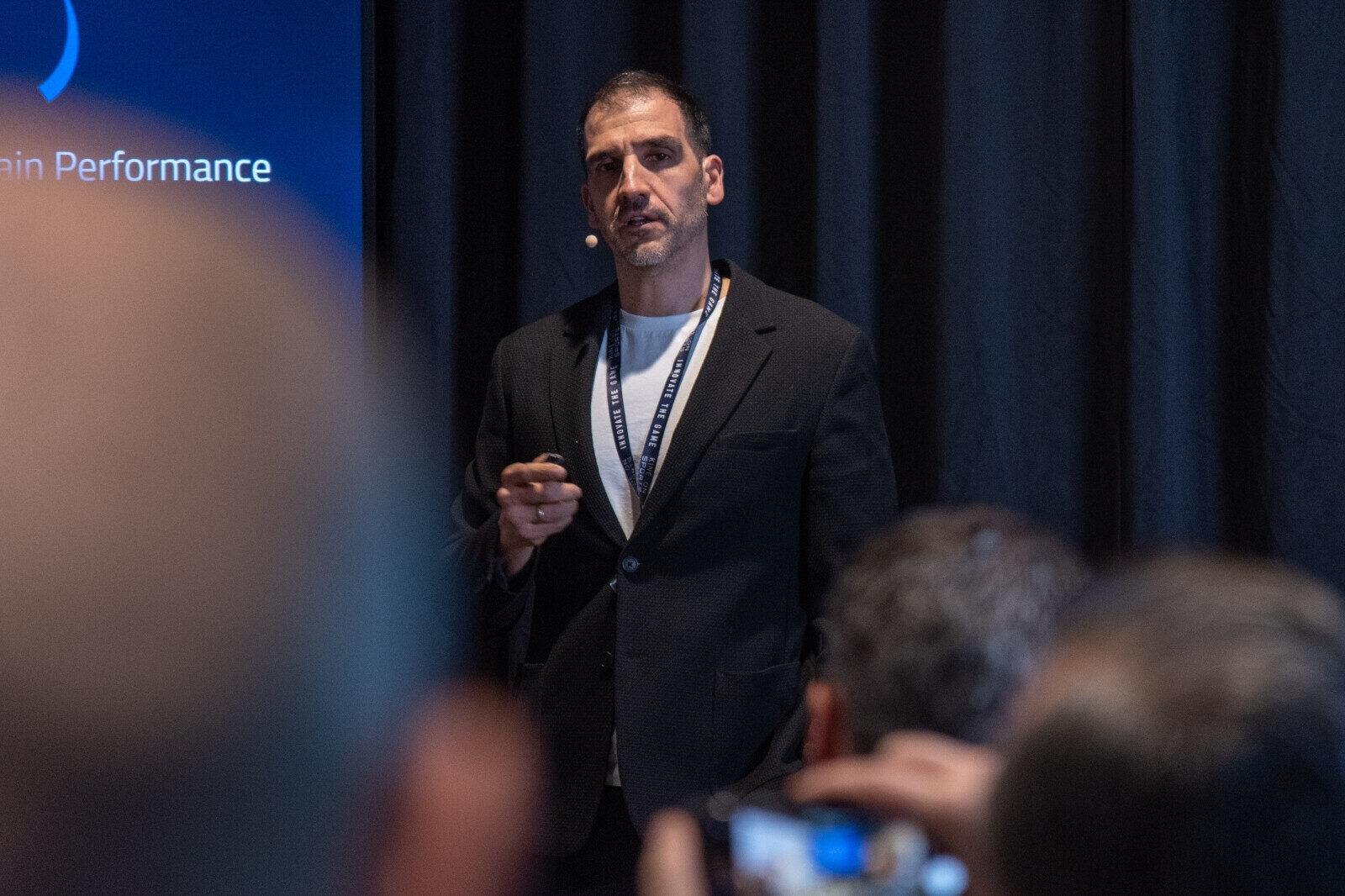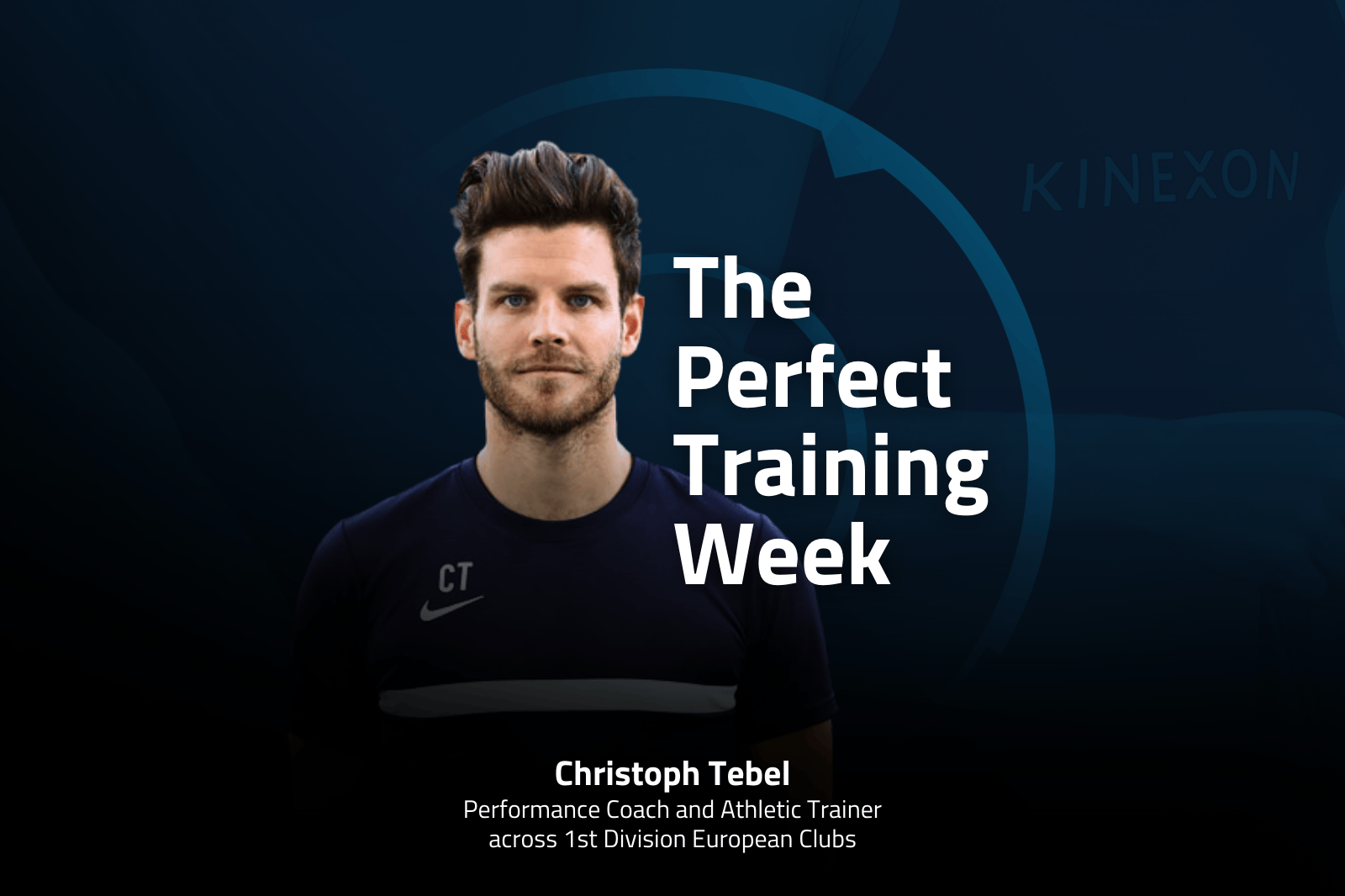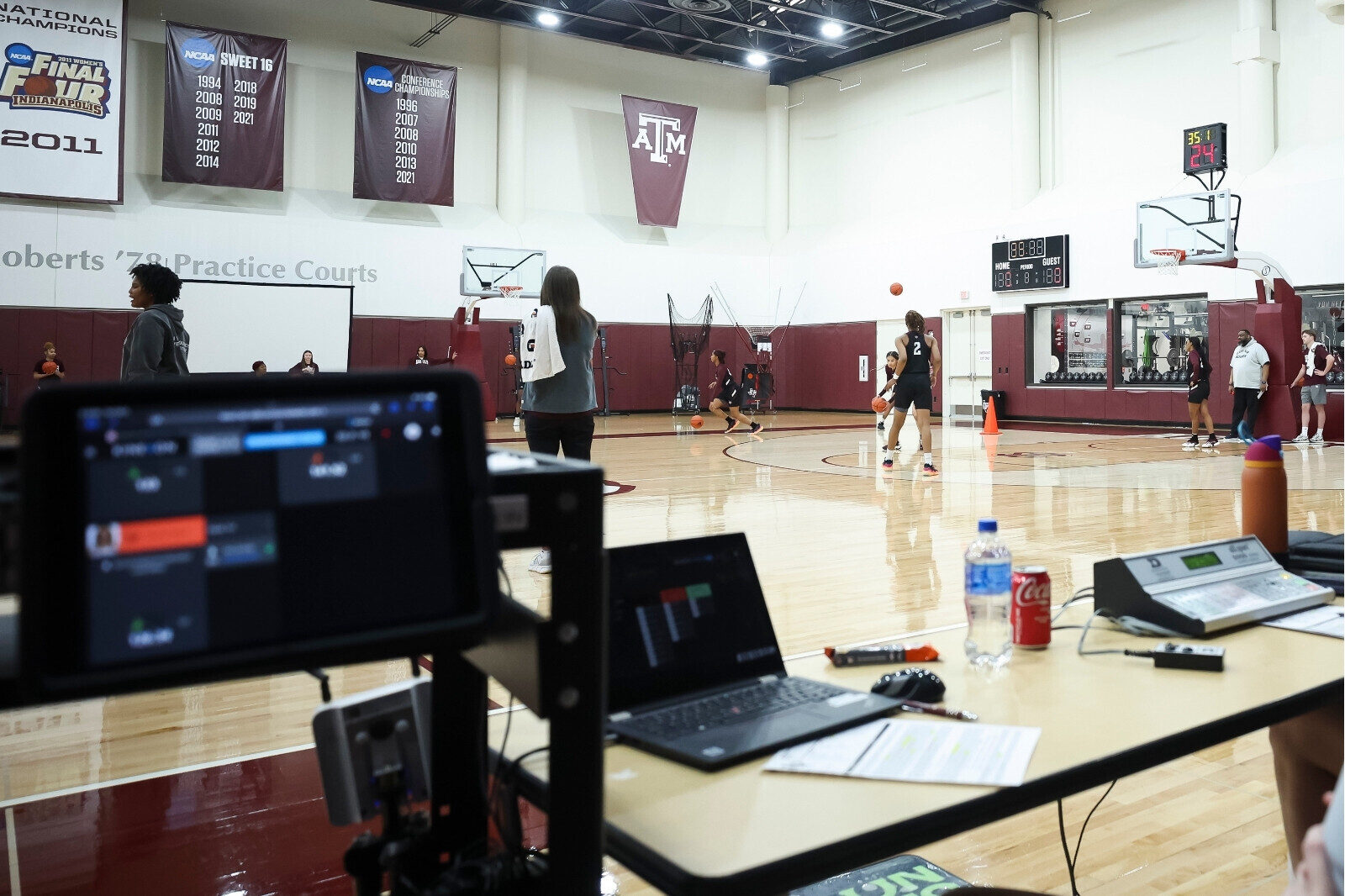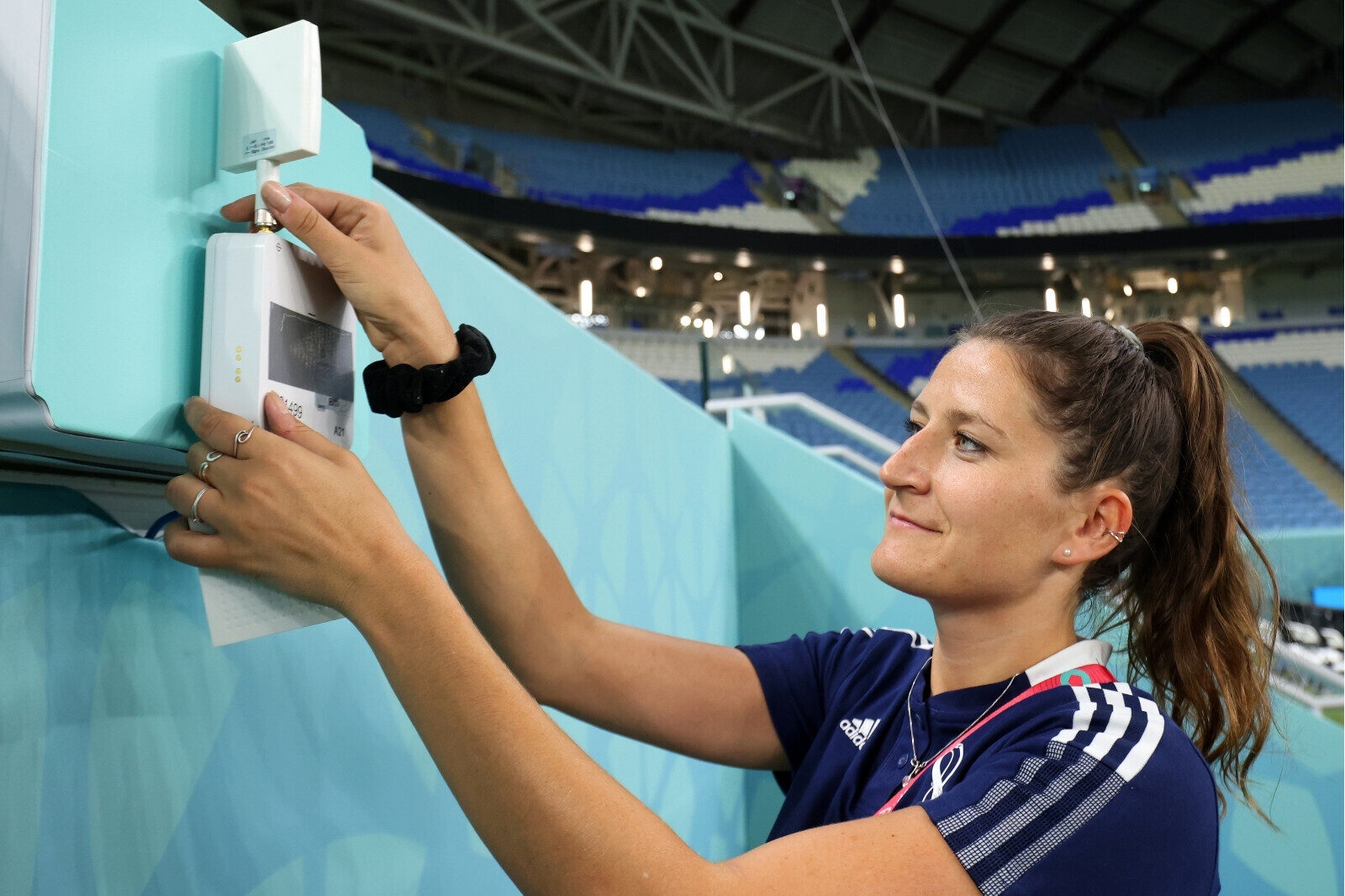Increasing Shooting Efficiency With Data-Informed Insights
As basketball training evolves, teams are embracing data-informed insights to augment shooting efficiency. With every shot carrying potential season-changing weight in competition, refining practice intensity and replicating in-game pressure are key to gaining a competitive edge.
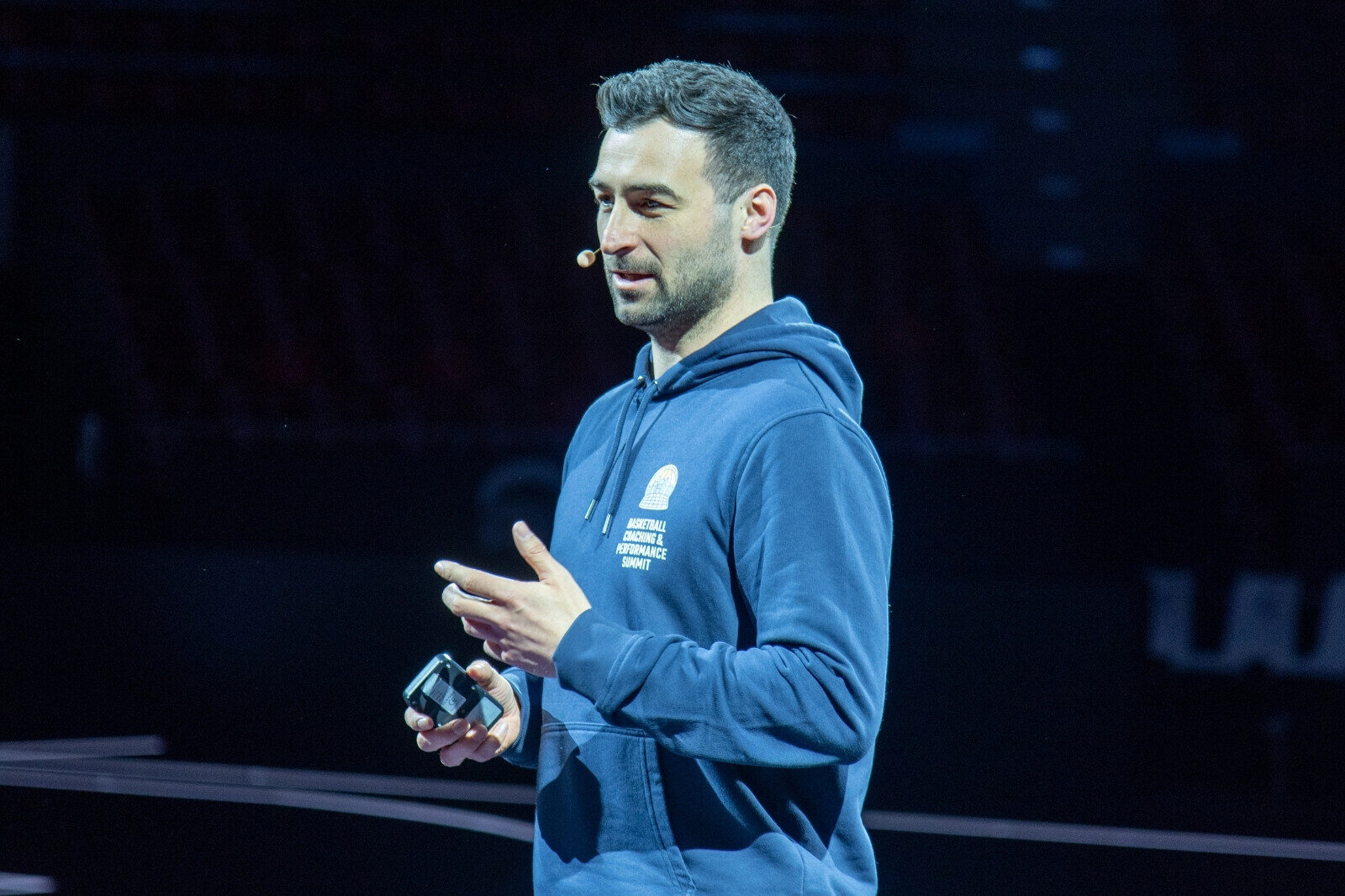
This article is based on insights shared by Jonas Bohner, Product Lead — COMPETE Vision at KINEXON Sports, during his talk at the 1st KINEXON Sports Basketball & Performance Summit at BMW Park in Munich.
How Data is Transforming Basketball Training
Success in basketball is built on precision, skill, and repetition. Yet, traditional training methods far too often rely on intuition rather than meaningful data. KINEXON Sports has innovated the game with KINEXON COMPETE Vision: an intuitive computer vision software solution that integrates with several major camera tracking providers and offers a game-changing approach to automated shot tracking and analysis. This is tracked in small-group practices with key data measured and insights auto-generated across positions and down to the individual player level.
During a recent presentation at KINEXON Sports’ 1st Basketball Coaching & Performance Summit, Jonas Bohner, Product Lead for the COMPETE Vision solution at KINEXON Sports, shared insights from over 950,000 tracked shots in 2024. The findings reveal how advanced data analytics are reshaping training efficiency, shot accuracy, and overall player development.
Unlocking the Power of Shot Tracking
A single static camera with a wide field of view tracks, records, and analyzes every shot taken in practice, generating reports of the data in several different convenient dashboard views. This enables teams to move beyond guesswork and gain precise, actionable insights into shooting efficiency. Over the past year, KINEXON COMPETE Vision tracked the practice sessions of more than 26 teams, including NBA franchises, college programs, and European clubs. The results uncovered vast differences in shooting volume, intensity, and effectiveness across teams and leagues.
One of the most striking findings was the disparity in shot volume per session. Some teams recorded over 1,500 shots per session, while others took fewer than 300. This variation stems from differences in coaching philosophies, session duration, and strategic priorities.
To make meaningful comparisons, KINEXON Sports normalized the data to analyze shot volume per minute. The results were revealing: certain EuroLeague teams prioritized efficiency, taking 1.5 shots per minute, while other teams shot at lower frequencies, even as low as 0.1 shots per minute. Understanding these nuances allows teams to derive findings and optimize training regimens based on hard data rather than assumptions.
Introducing the Shot Load Metric
To enhance shot analysis, KINEXON developed a proprietary metric: Shot Load. This metric integrates both physical exertion and shooting activity, classifying shots into three categories:
- Low-Load Shots: Unpressured, high-repetition shots designed to build muscle memory
- Medium-Load Shots: Shots taken with movement, replicating in-game scenarios
- High-Load Shots: Game-like shots under peak physical intensity
The data revealed that domestic league & college teams often train with a higher proportion of high-load shots to compensate for lower game frequency, whereas EuroLeague teams naturally accumulate these shots in live competition. The right balance of shot types is crucial for effective player development; the goal is to find the “sweet spot” based on the game schedule and game-like practices.
The Correlation Between Shot Load and Performance
A clear trend emerged: teams that incorporated a higher percentage of high-load shots in practice often outperformed their competition. One team, which structured 30% of its training shots under high-load conditions, had a standout season. Meanwhile, another team, practicing with only 6% high-load shots, struggled.
While shot load alone does not determine success, the data underscores its role in replicating game conditions and preparing players for high-pressure moments.
Individualized Training Insights
Beyond team-wide analytics, KINEXON’s tracking technology provides detailed insights at an individual player level. By analyzing shot deviation (the gap between high- and low-load shot accuracy), coaches can profile players’ shooting behavior, identify strengths/weaknesses and tailor training regimens to address specific weaknesses.
For instance, one young shooting guard in a professional team exhibited lower efficiency in high-load situations. Using KINEXON’s data, coaches could implement a progressive training approach:
- Build confidence with low-load shots.
- Transition to movement-based shooting to simulate real-game conditions.
- Gradually introduce high-load shots to prepare for in-game pressure.
This targeted approach ensures players develop both technical accuracy and mental resilience under stress.
Enhancing Coaching with Objective Data
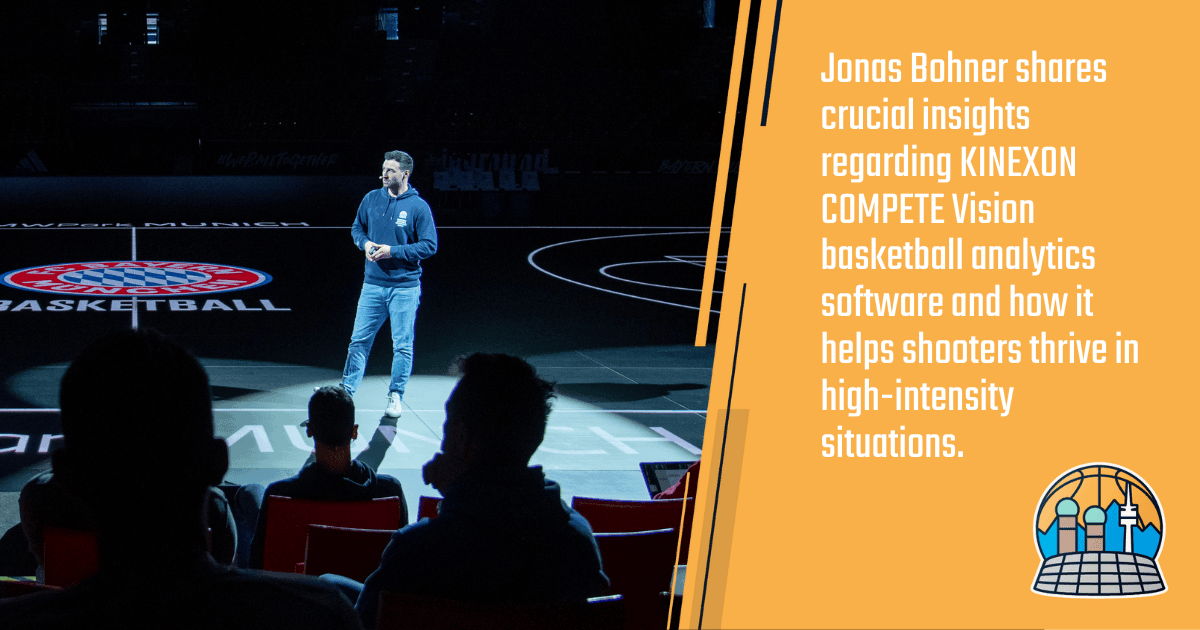
A common challenge in coaching is the reliance on subjective estimations. Many coaches believe their players take a certain number of shots per session — yet KINEXON data often reveals a different reality. In one case, a coach estimated 600 – 800 shots per session, but the data showed only 250.
Having objective data allows coaching staff to refine training methodologies, ensuring every minute on the court is maximized for efficiency. Moreover, shot selection training has proven invaluable. One major U.S. college team used KINEXON data to restrict a player from taking rim shots due to consistently poor performance. After weeks of tailored training, the player’s efficiency improved, and the restriction was lifted. These insights enable teams to make informed, data-backed decisions that directly impact performance.
The Future of Basketball Training
The integration of computer vision and data analytics is transforming the way basketball is played and trained. With KINEXON’s innovative COMPETE Vision tracking technology, teams can:
- Train smarter, optimizing session structure and shot selection
- Replace intuition with data-informed decision-making
- Unlock each player’s unique shooting DNA to identify strengths and weaknesses
- Improve shooting efficiency and execution in high-pressure moments
By harnessing these insights, teams gain a competitive edge. Success in basketball is no longer just about practice — it’s about practicing smarter with the right data. As more teams adopt these advanced tracking solutions, the future of training will be shaped by precision, efficiency, and data-informed insights.

